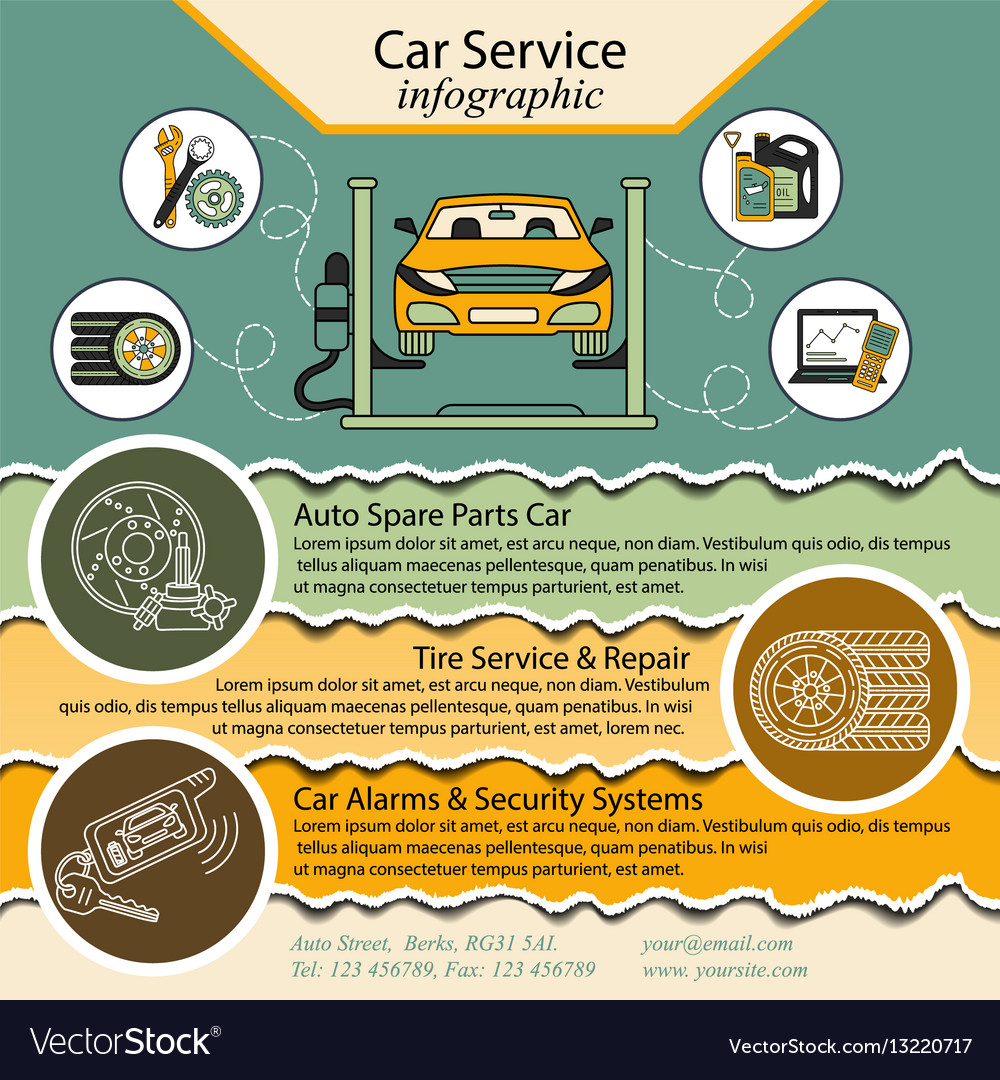Checking Out The Genuine Interpretation Of Your Automobile'S Warning Lights
Checking Out The Genuine Interpretation Of Your Automobile'S Warning Lights
Blog Article
Post Author-Kane Dreier
When you lag the wheel, those glowing warning lights on your control panel can be a little bit puzzling. Do you understand what they're trying to tell you regarding your vehicle's health? Understanding the relevance of these lights is vital for your security and the long life of your car. So, the following time one of those lights appears, would not you want to decode its message precisely and take the necessary actions to address it?
Common Warning Lights and Interpretations
Recognize usual warning lights in your car and comprehend their meanings to ensure safe driving.
The most common caution lights consist of the check engine light, which signifies issues with the engine or emissions system. If this light comes on, it's important to have your car inspected immediately.
The oil stress alerting light suggests low oil stress, calling for instant interest to prevent engine damages.
A blinking battery light could suggest a damaged charging system, potentially leaving you stranded otherwise resolved.
The tire pressure surveillance system (TPMS) light notifies you to reduced tire stress, influencing automobile security and fuel effectiveness. Ignoring this could lead to risky driving conditions.
The abdominal light indicates a trouble with the anti-lock braking system, jeopardizing your ability to quit promptly in emergency situations.
Last but not least, the coolant temperature advising light warns of engine getting too hot, which can lead to severe damage if not settled quickly.
Understanding these usual caution lights will certainly help you attend to problems quickly and preserve risk-free driving problems.
Relevance of Prompt Attention
Comprehending the typical caution lights in your car is only the first step; the relevance of quickly dealing with these cautions can't be stressed sufficient to guarantee your safety and security when traveling.
When a warning light brightens on your control panel, it's your vehicle's way of connecting a possible issue that needs focus. Ignoring https://best-oil-change-near-me39506.win-blog.com/11353555/discover-the-leading-10-suggestions-that-will-certainly-aid-you-in-making-a-knowledgeable-decision-when-looking-for-the-finest-automobile-repair-shop-in-your-location can cause much more serious problems later on, jeopardizing your safety and potentially costing you a lot more out of commission.
Trigger attention to cautioning lights can protect against malfunctions and accidents. For auto repair software , a flashing check engine light can indicate a misfire that, if left ignored, could create damage to the catalytic converter. Addressing this without delay can save you from a costly repair work.
Similarly, a brake system cautioning light could signal reduced brake liquid or used brake pads, vital parts for your safety when driving.
DIY Troubleshooting Tips
If you notice a caution light on your dashboard, there are a few do it yourself fixing ideas you can try before looking for expert help.
The primary step is to consult your car's manual to recognize what the specific caution light suggests. Often the problem can be as basic as a loose gas cap triggering the check engine light. Tightening the gas cap may settle the issue.
mouse click the up coming web site is a reduced battery, which can activate numerous cautioning lights. Examining the battery links for corrosion and ensuring they're protected could deal with the trouble.
If a caution light continues, you can attempt resetting it by separating the cars and truck's battery for a couple of mins and afterwards reconnecting it. Furthermore, examining your automobile's fluid levels, such as oil, coolant, and brake liquid, can help fix advising lights associated with these systems.
Verdict
Finally, recognizing your automobile's warning lights is important for maintaining your vehicle running smoothly and securely. By immediately dealing with these signals and understanding what they imply, you can avoid costly repair services and possible malfunctions.
Keep in Suggested Resource site to consult your car's handbook for particular information on each alerting light and take action as necessary to guarantee a hassle-free driving experience.
Remain informed, stay secure on the road!
